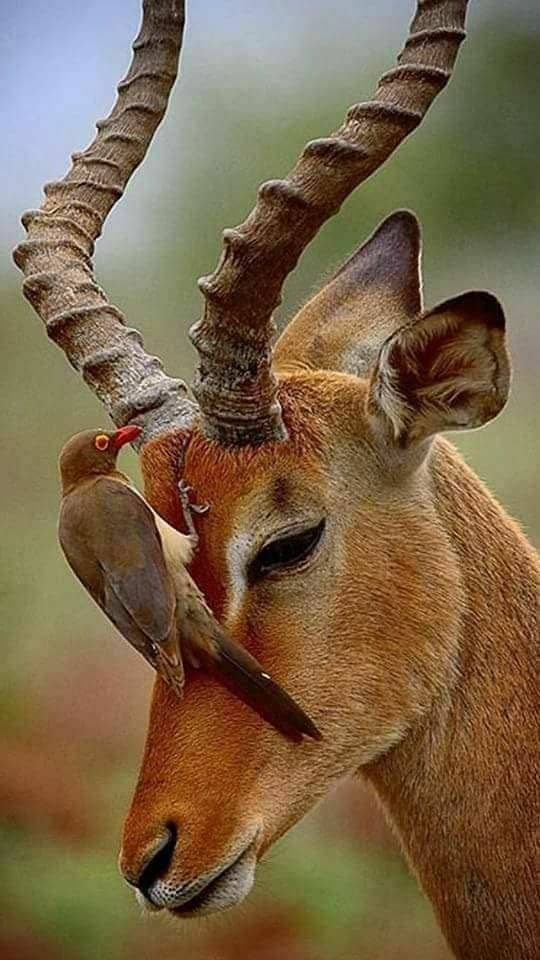A Guide to Uganda’s Most Musical Birds

Welcome to Uganda, the Pearl of Africa, a destination that truly dazzles all the senses. While the sight of a mountain gorilla or a lion is unforgettable, have you ever stopped to truly listen to the wild? As the sun rises over the rainforest canopy or sets behind the savanna, an incredible orchestra comes to life. The conductors of this daily concert are the feathered maestros themselves: Uganda’s Most Musical Birds. Their calls, from haunting cries to complex, beautiful melodies, form the authentic soundtrack of the African wilderness.
For birdwatchers and nature lovers, tuning into this symphony is a highlight of any safari. The diversity of habitats, from dense forests to vast lakes, hosts an incredible variety of avian vocalists. This post will be your guide to identifying and appreciating the incredible serenade provided by Uganda’s Most Musical Birds.
1. The African Fish Eagle: The Iconic Voice of Africa
You simply cannot miss this performer.
-
The Sound: A loud, ringing, and melodious cry that seems to echo over every waterway. It starts with a high-pitched note that subtly drops, perfectly capturing the spirit of the wild. Many say it is the definitive sound of Africa.
-
Where to Hear It: Listen for it near any major body of water. Prime locations include the shores of Lake Victoria, the Nile River in Murchison Falls National Park, and Lake Mburo. You’ll often hear its call before you see its majestic white-headed form swoop down to catch a fish.
2. The Great Blue Turaco: The Forest’s Resonant Drummer
This bird provides one of the most distinctive sounds in the rainforest.
-
The Sound: A series of deep, guttural, coughing notes: “kha-kha-kha-kha-kha.” It sounds less like a song and more like a resonant drumbeat or a distant monkey call reverberating through the dense foliage.
-
Where to Hear It: Head to Uganda’s lush rainforests. Kibale National Park, Budongo Forest, and Bwindi Impenetrable Forest are the best places to hear this elusive, colorful bird’s unique vocalizations early in the morning.
3. The Black-headed Gonolek: The Master of Melody
For a more traditional and complex song, listen for this striking bushshrike.
-
The Sound: A beautiful, fluty, and melodious duet. A pair will often call back and forth with a series of clear, whistled notes that sound like “tee-tuu, tee-tuu, tee-tuu.” Their call is surprisingly loud and carries far across the grasslands.
-
Where to Hear It: This bird prefers dense shrubs and thickets in savanna areas. Look for them (and listen!) in Queen Elizabeth National Park, Murchison Falls, and Lake Mburo National Park.
4. The Eastern Grey Plantain-eater: The Noisy Neighbor
This common bird may not have a melodic song, but its chaotic call is a ubiquitous part of the soundscape around towns and villages.
-
The Sound: A loud, rattling, and cackling “gobble-gobble-gobble” or a rapid “kweek-kweek-kweek.” It’s a noisy, clattering sound that is full of character and impossible to ignore.
-
Where to Hear It: You don’t need to be deep in a national park to hear this one. They are abundant in gardens, city parks, and towns across Uganda, especially in Entebbe and Kampala.
5. The Hadada Ibis: The Morning Alarm Clock
This bird is responsible for waking up much of East Africa.
-
The Sound: A raucous, loud, and nasal trumpeting call, a piercing “haa-haa-haa-haa-de-dah” that gives the bird its name. It’s a sound of the dawn, often heard as small flocks fly overhead to their feeding grounds.
-
Where to Hear It: Almost everywhere! From urban centers to rural farmlands and national parks. Just be prepared for an early wake-up call if they are roosting near your lodge.
How to Experience Uganda’s Avian Symphony
Ready to become part of the audience? Here’s how to optimize your listening experience:
-
Take a Guided Bird Walk: The best way to identify sounds is with an expert. Many safari lodges offer early morning bird walks with guides who can imitate calls and point out the singers.
-
Embrace the Dawn Chorus: Wake up early! The hour after sunrise is the most active time for bird song, as birds are establishing territories and searching for food.
-
Practice Active Listening: Find a quiet spot, sit down, close your eyes, and just listen. Try to separate the layers of sound, the low hum of insects, the distant monkey call, and the intricate layers of bird song.
-
Visit Key Birding Hotspots: For the full concert, visit premier birding destinations like Bigodi Wetland Sanctuary near Kibale, the Mabamba Swamp (for shoebills too!), and the Botanical Gardens in Entebbe.
An Unforgettable Musical Journey
Experiencing Uganda’s Most Musical Birds adds a profound and beautiful dimension to your safari. It connects you to the environment in a deeper way, transforming a game drive or forest hike into a immersive sensory experience. These calls are the heartbeat of the wilderness, a timeless concert that has played for millennia.
So, pack your binoculars, bring your curiosity, and don’t forget to listen. The most magical memories of Uganda aren’t just what you see, they’re what you hear.
Ready to experience Uganda’s incredible avian symphony? Contact us today to book a tailor-made birding safari and listen to the unforgettable sounds of the Pearl of Africa!










